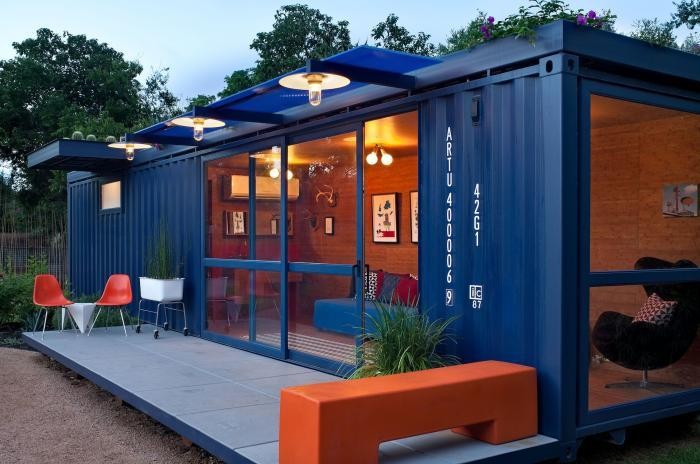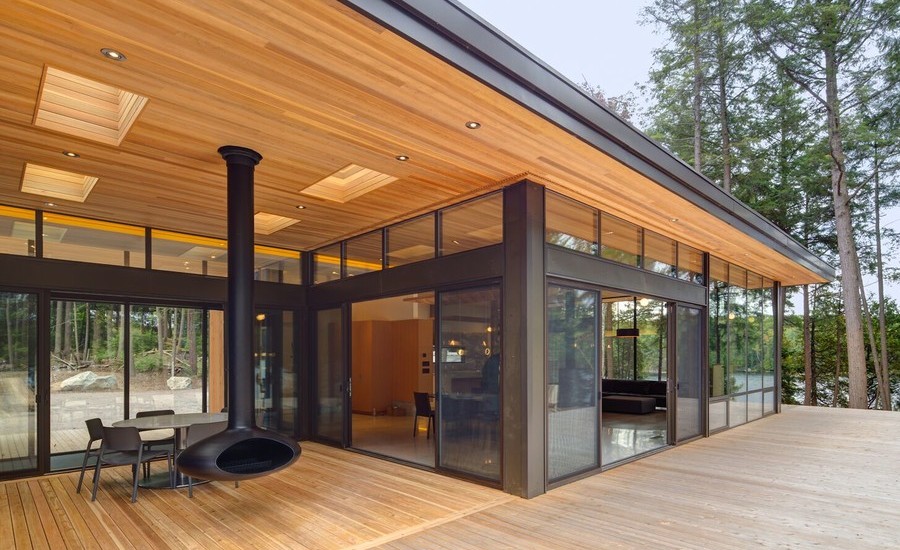Infrared saunas are a type of sauna that generates heat through the use of light. This distinguishes them from traditional saunas, which generate heat through the use of hot rocks or steam.
Infrared saunas have become more popular in recent years because they are good for your health in many ways, such as by improving circulation, reducing stress, and getting rid of toxins. If you’re thinking about building an infrared sauna, you should know a few things.
Is a DIY business or home sauna right for me?
First, you must decide if a DIY infrared sauna is the right way to go. If you’re the type of person who enjoys taking on challenging projects, then building your sauna could be a fun and rewarding experience.
However, if you’re not confident in your handyman skills or don’t have the time or patience for a project like this, then it might be better to leave it to the professionals.
DIY infrared sauna tips
Ready to tackle the project? Here are some tips to make sure everything goes as smoothly as planned.
Tip #1: Choose the right location
Locating your infrared sauna is the first step. It’s crucial to choose a space that’s large enough to handle the sauna but not so large that it seems overwhelming.
A spare bedroom or basement corner work well. Just make sure the location is well-ventilated and away from water damage sources (like a washing machine or water heater).
Tip #2: Size matters
When it comes to infrared saunas, size does matter. The sauna should be large enough to comfortably move around inside but not so large that it takes up too much space in your home.
A good rule of thumb is to choose a sauna that’s big enough to fit a standard-sized bathroom. This will give you plenty of room to move around and enjoy the benefits of the sauna without feeling cramped.
Tip #3: Consider the cost
One of the benefits of a DIY infrared sauna is that it’s relatively inexpensive to build. However, there are still some costs to consider, including materials and installation.
To get an accurate estimate of your project’s cost, start by getting quotes from different suppliers for the materials you’ll need. Then, add in the price of any professional help you might need (like an electrician to wire the sauna).
Tip #4: Choose the right materials
When building an infrared sauna, there are two main options for materials: wood and metal.
Wood is the traditional choice for saunas, and it’s a good option if you’re looking for a more natural look. However, it’s essential to choose a type of wood that can stand up to the high heat of an infrared sauna. Cedar and redwood are both excellent choices.
Metal is another popular choice for saunas, and it has the advantage of being more durable than wood. However, choosing a type of metal that won’t rust or corrode when exposed to high heat and moisture is important. Stainless steel is a good option.
Tip #5: Insulate the sauna
Once you’ve chosen suitable materials for your sauna, it’s important to ensure it’s adequately insulated. This will help to keep the heat in and the cold out, making for a more comfortable experience.
There are a few different options for insulating an infrared sauna, including fiberglass blankets, rigid foam boards, and spray-on insulation.
Tip #6: Install a heater
Installing a heater is the next step in constructing your infrared sauna. This is the most important part of the sauna because it generates the heat that you will enjoy during your session. Check that it is appropriate for the space and does not require more electricity than you are willing to pay.
Tip #7: Add some extras
After you’ve set up the basic sauna, you can add some extras to make it more comfortable and enjoyable. A stereo system, LED lighting, and a towel warmer are all popular upgrades.
These are just a few things to consider if you want to build your own infrared sauna. With some planning and effort, you can create a relaxing environment in which to enjoy the numerous health benefits of infrared sauna therapy.


















